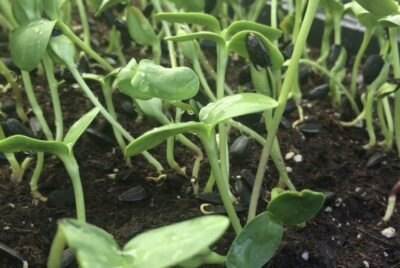RESEARCH
Effects of Color Stimuli Application in Horticultural Therapy on the Changes in Challenging Behaviors of the Developmentally Disabled
Summary
This study investigated the effects of applying colour stimuli in horticultural therapy on the challenging behaviours of developmentally disabled adults. Twelve participants with developmental disabilities from a residential facility participated in 15 horticultural therapy programs incorporating vivid colours through plants, sand, clay, paints, flowers, and ribbons.
The researchers used the Motivation Assessment Scale (MAS) to evaluate changes in motivational factors of challenging behaviours before, during, after, and one month following the program. The results showed significant changes in all motivational factors: attention (p=.013), escape (p=.005), tangible (p=.000), and sensory (p=.008). The effects became more pronounced as the program progressed, with significant changes observed from mid-program (p=.046) to post-program (p=.003), and lasting up to one month after completion (p=.001). The study concluded that horticultural therapy programs focused on colour stimuli may positively change the challenging behaviours of developmentally disabled individuals.







